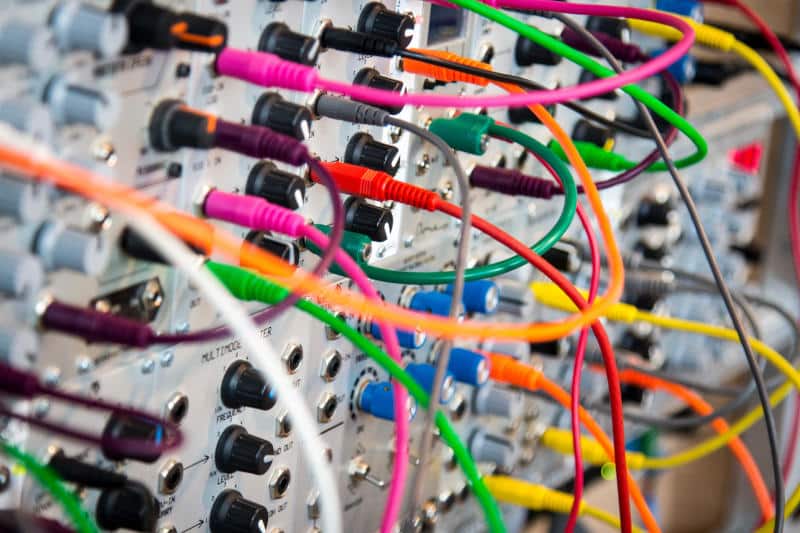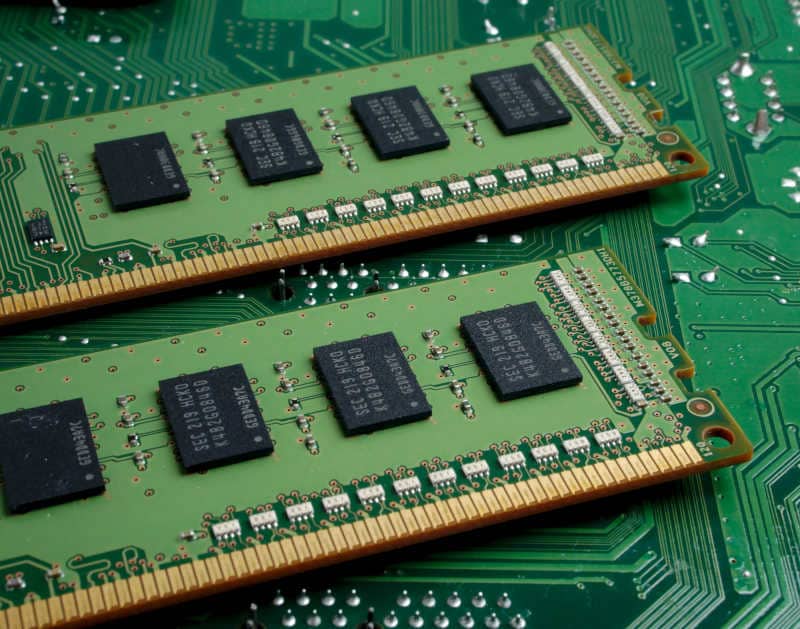Based on another suggestion from the wonderful Bez from Stuff by Bez, in this article, I want to look at the rise of so-called AI art. I want to describe what I mean when I talk about AI art, explain what I think it is not, despite people claiming otherwise and the creative potential of this new technology.
Unsurprisingly, the topic of using artificial intelligence models to create illustrations for board games is very controversial. Some people speak in favour of the technology’s use, others are strictly against it. In these discussions, or sometimes heated arguments, what people mean by AI art is rarely described and more often than not, different people understand AI differently to each other. So when a discussion starts, it inevitably goes off in various directions and people seemingly presenting opposing opinions might quite possibly actually be saying the same thing. There is simply too much confusion around the topic.
What It Is
So let me define what my understanding of AI art is. For that, I need to start with AI, or artificial intelligence. Just searching the internet for a definition of this term leads to a variety of results. The simplest definition is that artificial intelligence is simply to distinguish between the intelligence of humans or animals and that of machines or software1. At the other end, AI is defined as something that allows computers to perform tasks normally requiring human intelligence2.
My own description of artificial intelligence is probably closer to the latter definition. I think what is important is that AI software is different from traditional approaches to how computers work. At this stage, it’s useful to focus on art and look at AI art specifically.
Traditionally, image editing software such as Photoshop would use complicated formulas and programming loops, if statements and the like to transfer the data that represents an image to crop it, resize it, sharpen it, change the colour, brightness, etc. Some of the maths is quite simple, in fact. To make an image brighter, you just increase the colour values evenly by adding an offset or multiplying them by a certain factor. The traditional approach to image editing software is almost mechanical in its approach.
Machine Learning
AI, on the other hand, uses mathematical models akin to a biological brain. AI tools start with no knowledge and have to be trained. Like a brain forms new connections and reinforces or severs existing ones, AI does this in software. As you feed information into the AI model, you check the output against the desired result and feed the difference back to the AI model. Repeat this process with more training data until it eventually returns answers that meet a certain accuracy.
There are certain challenges with this approach, of course. There is an urban myth3 that there was an AI model that could distinguish between tanks out in the open and tanks behind bushes. In fact, the system was supposed to have learned to tell day from night, because all of the photos of tanks out in the open that were fed into the system were shot at night, while the photos of tanks behind bushes were taken during daytime.
Irrespective of whether this is a myth or not, it illustrates a problem with machine learning. The AI will only ever be as good as the information you feed into it. AI can be as biased as humans, for example. Mind you, that’s not what we’re talking about in this article. What is relevant though is that AI is hugely dependent on the training data. The more data is fed in and the more varied it is, the better. That’s why AI companies desperately look for sources of data they can use to train their systems. Given the volumes of data we’re talking about, paying for it would be very costly. So taking data without payment is the way forward.

What It Is Not
Now let me go over a few things that AI is not.
AI does not store the training data. It is trained on data, so the training data will be stored somewhere during training, but once it has been processed, the training set is no longer needed for the AI model to function. It’s a bit like how we learn. You can pick up a training manual and learn a new skill. Once you have learned the skill, you don’t need the manual any longer. I know, it’s not quite as simple as that, but in basic terms, that’s how it works. AI does the same thing. So, in that sense, it doesn’t break copyright.
Of course, I would argue that copyright is still broken when it comes to training the system in the first place. It’s during the training that someone is using someone’s protected work for other purposes without prior permission. So while I don’t mind someone reading my blog and writing articles inspired by what they have read, I would have a problem if they copied chunks of my articles to create their own, without my prior permission or even any mention of their sources.
So legally speaking, I think AI systems break copyright law during their creation, but that’s yet to be tested in court. Ethically speaking, AI systems that aren’t fully based on work from artists who all have actively opted into their art being used are wrong and should be boycotted.
Evil AI
Another thing that AI is not is that it’s not something inherently evil. The argument that AI art will destroy the livelihoods of artists is probably very true, if it is allowed to continue as it is. However, AI art is no different to other technology that has made people redundant. Since the printing press, new tools have often made human work obsolete. It certainly led to the demise of the job of scribe.
Generally speaking, new technology is often monopolized by the already powerful elite to support their own agenda. New technology can be used for bad, just as much as it can be used for good, if not more. I think that’s what we’re seeing with AI art and other recent AI tools. People with a lot of spare funds invest heavily into these new tools to benefit from them in any way they can.
At the same time, a lot of technology has also created new roles and has given people more opportunities. The printing press allowed people to spread ideas much more easily and quickly and in large quantities, for example. AI art allows people to express themselves visually, but as I said, currently there is no AI art that’s ethically acceptable and all AI art tools break copyright law in my view.

Humanoid Androids
Before moving on to what AI art could be, I want to point something out when we talk about AI. You may have noticed that we use words such as “knowledge” or “learning” to describe AI. We use words that usually only apply to humans or animals. These words aren’t even used for plants. Yet, AI has attracted a vocabulary that makes it out to be much more human than it actually is. AI has been anthropomorphized.
I think that’s an important observation. I believe the idea of using human terminology with respect to AI goes back to when original machine learning worked with so-called neural networks, which were implemented as software, but ultimately tried to emulate a natural brain. So terms such as “learning” and “knowledge” fit nicely.
More recently though, I think businesses have leaned into this humanization of AI technology to make it more palatable for the wider populace. I mean, just look at how companies such as Boston Dynamics make their robots look like humans or animals. As humans, we are more likely to trust something that looks like something we understand. A humanoid android instils familiarity. A robot dog reminds me of an obedient and loyal pet. Whether the intentions are benign or sinister is something you have to decide for yourself, but it’s something to bear in mind.
What It Could Be
AI art, like any other new technology, can go one of two ways. It can be a useful tool that empowers people in a positive way or it can go the other way and be used for bad, whatever that specifically means.
We already talked about the goal of businesses to profit from AI art, as well as other AI tools. By using training data that’s freely available, but that’s not actually free, the cost of creating these new tools is hugely reduced, leading to a large potential profit. Copyright laws are swept under the carpet and dismissed as not being applicable. Ethics don’t enter into the discussion at all. Mind you, that’s to be expected from corporations that only think of hard numbers, not people.
Yet, AI art, like all the other AI tools that have emerged, has a lot of potential. If AI art tools required all the training data to come from artists who have actively given their permission, then we’d have made a huge step forward in addressing the legal and ethical considerations. If the tools worked on a commercial model that pays artists a fair amount of commission, they would open up a new potential income stream.
Already, some artists are using AI art tools to refine their own work, just like they would have done previously using something like Photoshop. Some artists have used AI art tools to give them new inspiration and to create reference images to use in their own, original work. These tools already have the potential to work to help artists. If these tools worked ethically and legally, they could be a huge opportunity for artists.
Maybe it’s time for software developers to take some of the open-source solutions and create tools that work in the right way.
What Do You Think?
I know, there is a lot to take in. AI art is a large and very controversial topic. However, I wonder what you think. Where do you stand on the issue? Do you think AI art, as it is now, has no place in our industry? Do you think AI art can be changed and become a useful tool? As always, please share your thoughts in the comments below. I’d love to hear what you have to say.
Useful Links
- Stuff by Bez: http://www.
stuffbybez. com/
Sources
- Wikipedia‘s definition of artificial intelligence: https://en.
wikipedia. org/ wiki/ Artificial_ intelligence - Goolge‘s definition of artificial intelligence, based on Oxford Languages: https://www.
google. com/ search? q= meaning+of+artificial+intelligence& amp;oq= meaning+of+artificial+intelligence& amp;gs_ lcrp= EgZjaHJvbWUyBggAEEUYOdIBCDU0MjlqMGo3qAIAsAIA& amp;sourceid= chrome& amp;ie= UTF-8 - The Neural Net Tank Urban Legend: https://gwern.
net/ tank
Audio Version
Intro Music: Bomber (Sting) by Riot (https://www.
Music I use: Bensound.com
License code: D2CPD5TCTV6JTT7Y
Music: Bensound.com/free-music-for-videos
License code: GMBBQL4WYLL8BJKC
Playlist
These are the songs I listened to while I was writing this topic discussion article:

